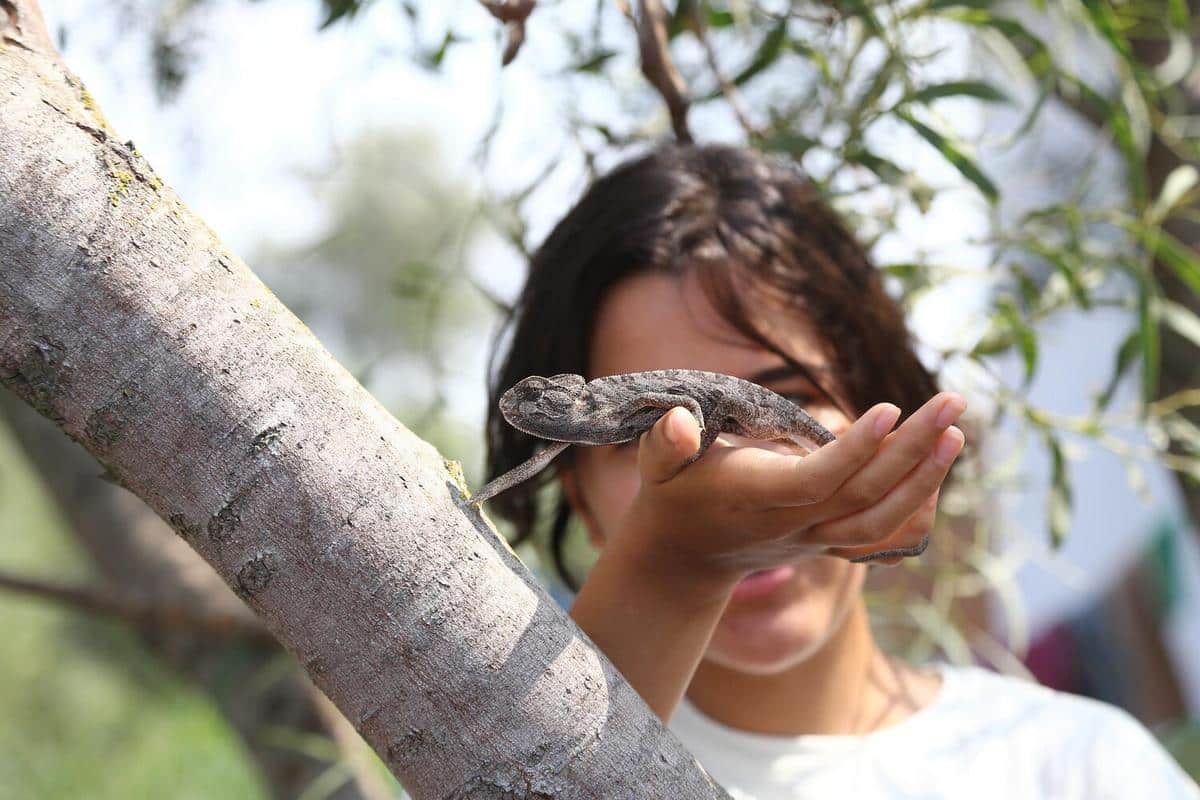
How Climate Change is Affecting Our Wildlife
The impact of climate change on our planet stretches far and wide, touching upon ecosystems, weather patterns, and most notably, wildlife. As temperatures rise, habitats alter, and food sources dwindle, the very survival of countless species hangs in the balance.
Climate change is reshaping the natural world, bringing about profound changes that affect both animal and plant life. According to the World Wildlife Fund, climate change is currently impacting at least 10,967 species on the International Union for Conservation of Nature’s Red List of Threatened Species, increasing the likelihood of their extinction. This statistic alone underscores the urgent need for understanding and action.
Expert Opinions on Wildlife and Climate Change
Dr. Chris Thomas, a well-known conservation biologist, emphasizes that ‘species are struggling to keep pace with the rapid changes in their environments.’ He notes that while some animals can adapt, many cannot move quickly enough to find suitable habitats.
Research Findings and Statistics
Research indicates that polar regions are warming twice as fast as the rest of the world, leading to habitat loss for species like polar bears and penguins. A study published in the journal Nature Climate Change found that if current trends continue, up to 50% of species in certain biodiversity hotspots could face extinction by the end of this century.
Personal Anecdotes
Consider the plight of the monarch butterfly. Once a common sight across North America, its numbers have plummeted due to the loss of milkweed plants—its primary food source—exacerbated by climate change.
Actionable Tips for Wildlife Conservation
- Support conservation organizations that work to protect endangered species and their habitats.
- Reduce carbon footprints by using energy-efficient appliances and vehicles.
- Participate in citizen science projects to help track wildlife population changes.
Table: Effects of Climate Change on Wildlife
| Species | Impact |
|---|---|
| Polar Bears | Loss of sea ice habitat |
| Coral Reefs | Bleaching due to warmer waters |
| Monarch Butterflies | Reduced food sources |
| Elephants | Changing rainfall patterns affecting food availability |
| Penguins | Melting ice caps affecting breeding grounds |
| Koalas | Extreme weather events impacting food and habitat |
| Tigers | Habitat loss due to rising sea levels |
| Sea Turtles | Temperature-dependent sex determination affected by warmer sand |
FAQs on Climate Change and Wildlife
What can individuals do to help wildlife affected by climate change?
Individuals can reduce their carbon footprint, participate in and support conservation efforts, and educate others about the impact of climate change on wildlife.
Why are polar regions affected more by climate change?
Polar regions are warming faster due to feedback loops, such as the melting of reflective ice, which leads to increased heat absorption by darker ocean waters.
Conclusion
In summary, climate change is a formidable challenge that poses a significant threat to wildlife across the globe. By understanding the impacts and taking proactive steps, such as supporting conservation efforts and reducing our carbon footprint, we can help mitigate these effects and preserve biodiversity for future generations. Every small action counts towards a larger effort to protect our planet’s precious wildlife.


